detail profile timothy quay
Peran Yang Di Mainkan Timothy Quay
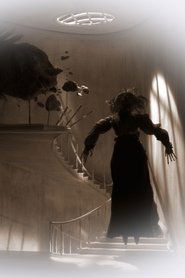 Afraid of losing his wife Horatio...
Afraid of losing his wife Horatio...The Doll's Breath 2019
Afraid of losing his wife, Horatio creates a replica he calls Hortensia. But things don't go as planned... Shot on 35mm and propelled by an impressive score by Michèle Bokanowski, the Quay Brothers evoke an intense drama of jealousy, betrayal and murder, revolving around a window dresser's obsession for a life-sized doll.
 Guy Maddin who has been nicknamed...
Guy Maddin who has been nicknamed...The 1000 Eyes of Dr Maddin 2015
Guy Maddin, who has been nicknamed the Canadian David Lynch, is undoubtedly one of the last remaining Magi of cinema. Despite living in the middle of the digital age, this heretical director hailing from the snowy plains of Canada has spent 25 years transposing the uncommon and the uncanny onto screens over-saturated with naturalistic imagery. A lover of primitive cinema, he has cunningly summoned the light-and-shadow techniques and experimentations of the Golden Age of film to resuscitate a unique cinematographic language which plays with the spectator’s unconscious by means of visual trickery as disturbing as it is absurd. In an attitude as playful at that Maddin’s films this documentary follows the mediumistic experiments of this master of illusion, filmed during the ‘’spirit’’ shootings he presented in Europe.
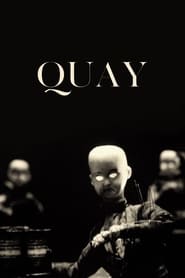 In 2015 Christopher Nolan curated a selection...
In 2015 Christopher Nolan curated a selection...Quay 2015
In 2015, Christopher Nolan curated a selection of short films by the surrealist animators the Quay Brothers to be distributed as a touring 35mm presentation. The three films—"In Absentia" (2000), "The Comb" (1991) and "Street of Crocodiles" (1986)—were accompanied by this brief portrait of the brothers at work in their London studio.
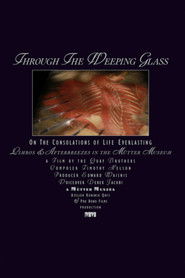 A documentary on the subject of...
A documentary on the subject of...Through the Weeping Glass: On the Consolations of Life Everlasting (Limbos & Afterbreezes in the Mütter Museum) 2011
A documentary on the subject of the collections of books, instruments and medical anomalies at The College of Physicians of Philadelphia and the Mutter Museum housed there. This short film represents the first to be made by the internationally recognized Quay Brothers in the United States. While not a stop-motion animation film, a form for which the Quays are best known, the entire film is vibrantly constructed and 'animated'. Musical score by composer Tim Nelson and voice-over provided by Derek Jacobi.
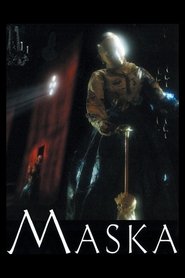 Maska is the latest animated film...
Maska is the latest animated film...Maska 2010
"Maska" is the latest animated film of Quay brothers, directors and puppet animators, with the music composed by Krzysztof Penderecki. The film is an adaptation of Stanisław Lem’s short story of the same title. The action of “Maska” is set in a technologically developed but, at the same time, feudal world. Beautiful Duenna was created in order to carry out certain mission. However, she will be forced to choose between accomplishing the task she was created for and love.
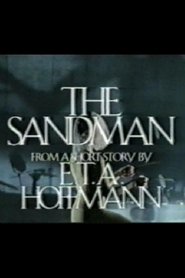 One of several collaborative dance films...
One of several collaborative dance films...The Sandman 2000
One of several collaborative dance films by the Brothers Quay & (dancer, choreographer) William Tuckett. Little enough info around on line, but there's briefly by way of Wikipedia entry. Adapted rather loosely from the works of the E.T.A. Hoffman. Familiar Quays' tropes, much in evidence: automata, trompe l'oeil effects, etc. No credit on the sound design (which is fairly elaborate), tho' that is possibly Larry Sider.
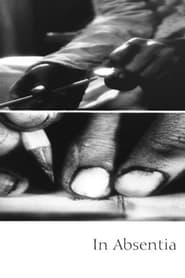 A woman sits alone on a...
A woman sits alone on a...In Absentia 2000
A woman sits alone on a chair at a table in a room on one of the top floors of an asylum. Bright spot lights dot the night, sometimes shining on her window. She sharpens pencils and writes on a page in a copy book. The pencil point often breaks under her fingers' force. She places broken points outside the window on the sill. A satanic figure is somewhere nearby, animated but of straw or clay, not flesh. She finishes her writing, tears the paper from the pad, folds it, places it in an envelope, and slips it through a slot. Is she writing to her husband? "Sweetheart, come."
 Jakob arrives at the Institute Benjamenta...
Jakob arrives at the Institute Benjamenta...Institute Benjamenta, or This Dream People Call Human Life 1995
Jakob arrives at the Institute Benjamenta (run by brother and sister Johannes and Lisa Benjamenta) to learn to become a servant. With seven other men, he studies under Lisa: absurd lessons of movement, drawing circles, and servility. He asks for a better room. No other students arrive and none leave for employment. Johannes is unhappy, imperious, and detached from the school's operation. Lisa is beautiful, at first tightly controlled, then on the verge of breakdown. There's a whiff of incest. Jakob is drawn to Lisa, and perhaps she to him. As winter sets in, she becomes catatonic. Things get worse; Johannes notes that all this has happened since Jakob came. Is there any cause and effect?
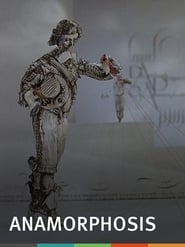 The Quays interest in esoteric illusions...
The Quays interest in esoteric illusions...Anamorphosis 1993
The Quays' interest in esoteric illusions finds its perfect realization in this fascinating animated lecture on the art of anamorphosis. This artistic technique, often used in the 16th- and 17th centuries, utilizes a method of visual distortion with which paintings, when viewed from different angles, mischievously revealed hidden symbols.
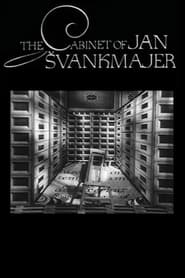 In Prague a professorial puppet with...
In Prague a professorial puppet with...The Cabinet of Jan Švankmajer 1984
In Prague, a professorial puppet, with metal pincers for hands and an open book for a hat, takes a boy as a pupil. First, the professor empties fluff and toys from the child's head, leaving him without the top of his head for most of the film. The professor then teaches the lad about illusions and perspectives, the pursuit of an object through exploring a bank of drawers, divining an object, and the migration of forms. The child then brings out a box with a tarantula in it: the professor puts his "hands" into the box and describes what he feels. The boy receives a final lesson about animation and film making; then the professor gives him a brain and his own open-book hat.
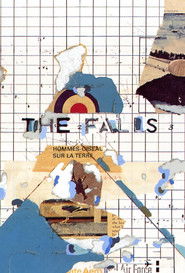 The exploration of the effects of...
The exploration of the effects of...The Falls 1980
The exploration of the effects of an unexpected catastrophe, known as VUE (violent unknown event) through the bios of 92 survivors.
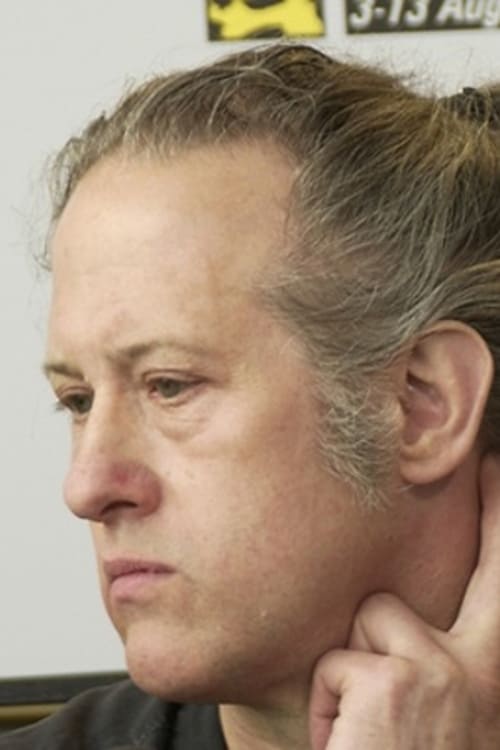
 A man journeys by rail to...
A man journeys by rail to... Dark fairytale about a demonic doctor...
Dark fairytale about a demonic doctor...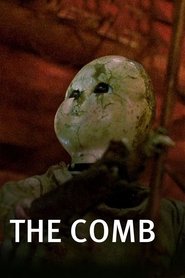 A porcelain dolls explorations of a...
A porcelain dolls explorations of a...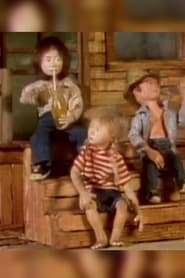 A farming family and their livestock...
A farming family and their livestock...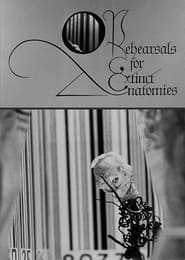 Stopmotion animated short film in which...
Stopmotion animated short film in which...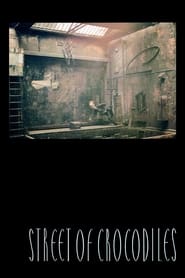 A puppet newly released from his...
A puppet newly released from his...